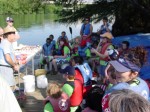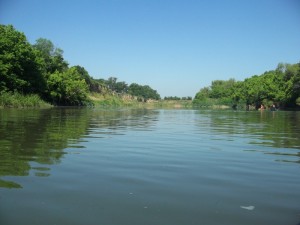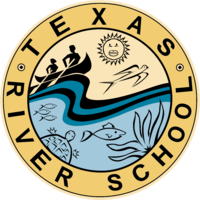 When I decide to take a canoe trip – either day, overnight, or for multiple nights – I have to prepare at least a few days in advance. All of the following steps are essential for safety and a great time on the river.
When I decide to take a canoe trip – either day, overnight, or for multiple nights – I have to prepare at least a few days in advance. All of the following steps are essential for safety and a great time on the river.
- The River: Kind of crazy idea, but it’s best to know which river you plan to paddle. I know, crazy! This also means knowing where the put ins and take outs are on the river, river mileage points, where rapids are (and what class they are). Keep in mind the changes in the water level and seriously check the levels at least a couple of days before heading to the put in. You can often just call either a ranger station if the river is a National River or call the local outfitter.
 Shuttle: Setup the shuttle for either the put in or take out. Consider time and distance. It typically takes people about and hour to go 2 to 4 miles. When I go overnight canoe camping, I will often pay an outfitter to drive my car to the take out the day before I should be finishing. The shuttle price varies, but it typically costs me $50 or so.
Shuttle: Setup the shuttle for either the put in or take out. Consider time and distance. It typically takes people about and hour to go 2 to 4 miles. When I go overnight canoe camping, I will often pay an outfitter to drive my car to the take out the day before I should be finishing. The shuttle price varies, but it typically costs me $50 or so.
- Participants: Think of who is going with you. If most participants are strong and experienced paddlers, then greater distances and harder rivers are potentially in order. Otherwise, I suggest limiting the trip to a day for those people who are inexperienced. If anyone has any major allergies or are in dire health, either bring medicine or postpone trip till everyone is better.
- Equipment: Obviously super important. Make a list of everything that you need and inventory everything that you take. This will be a separate blog to follow next week.
- Float plan: A float plan is a written document given to proper authorities for the sake of your safety. They are usually filed with local or state authorities (especially National Park or River authorities) when a group will be on the river for multiple days and / or are paddling in a remote area. Make sure to get and give a late return phone number to call when returning late. This is a great example from the US Coast Guard.
